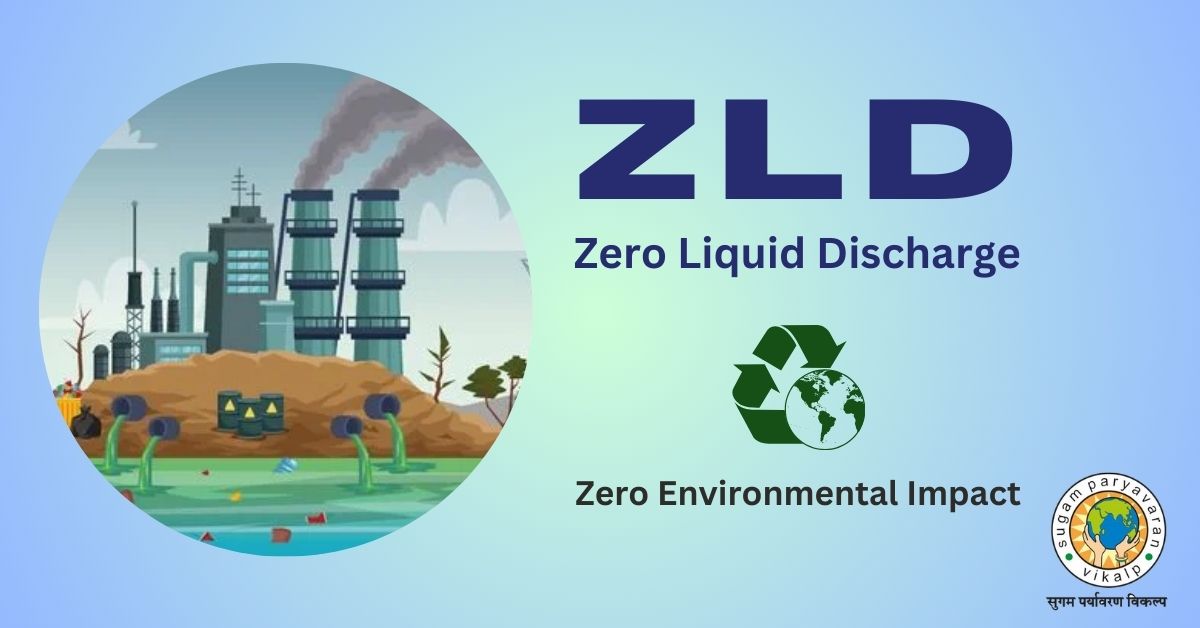Negligence towards Potential Environmental & Health Hazards of Hospital Sewage in India

Date: MARCH 29, 2023 | Author: DR AVINASH KADAM (Ph. D, IIT Bombay)(MD at Sugam Paryavaran Vikalp Pvt Ltd)
Hospital Sewage
In general, characteristics of hospital wastewater (HWW) or sewage generated from hospitals are similar to the domestic sewage, but a proportion of the HWW contains toxic/non-biodegradable/infectious pollutants
The hospital effluents contain a large variety of substances used for medical, laboratories, research purposes, and also include excreta from patients. These wastes include drugs and their metabolites such as antibiotics, lipid regulators, analgesics, antidepressants, antiepileptics, antineoplastic, antipyretics, antiphlogistic, antirheumatics, estrogens, organic matters, radionuclides, solvents, metals, disinfectants, cytostatic agents, anesthetics and sterilization products, specific detergents for endoscopes and other instruments, radioactive markers, and iodinated contrast media.
Metals present as preservatives in diagnostic agents such as platinum, mercury, rare earth elements (gadolinium, indium, osmium), and iodinated X-ray contrast media.
These insoluble/soluble organic/inorganic pollutants have adverse toxic effect to humans as well as aquatic animals even at very low concentration and termed as biological active substances.
These effluents also carry pathogenic microorganisms such as viruses, bacteria, fungi, protozoans, and helminths which induces pressure of rapid adaptation to these fluctuating conditions through genome rearrangement in innate microorganism. This exchange of genes develops a resistance trait in pathogens.
In developing countries, hospital effluents or sewage are often drained into municipal wastewater systems, and discharged into water bodies frequently without any treatment aimed at reducing public health risks.
Antibiotic resistance has been referred to as ‘the silent tsunami facing modern medicine. The scientific community, mass media and political initiatives must create awareness about antibiotic resistance.
Multidrug resistance (MDR) has become a major problem for the treatment of bacterial infections and is becoming the greatest challenge to public health worldwide. MDR bacteria cause around 700 000 deaths worldwide every year and it is estimated they will cause 10 million deaths by 2050, with a severe loss of economic resources.
According to the diversity of contaminants, it has been demonstrated that the intrinsic toxicity of the hospital effluents can be 5–15 times greater than an urban effluent as well as the potential inhibition of the activated sludge of wastewater treatment plants.
Hence the available technologies for wastewater or sewage treatment such as ASP, SBR, MBBR and MBR don’t yield potential results due to toxicity impact on MLVSS generation.
Hence new approach is required for this wastewater and it must be treated as per with Industrial effluent. Unfortunately neither the hospital administration nor regulatory authorities have awareness about this potential hazard which otherwise is allowed (treated/untreated) to mix with normal municipal sewage and then let is drain into water bodies. It has long term repercussions on human health when gets into water cycle.




